充电基础设施的定制化电网集成和管理
随着电子充电站的爆发式增长,无论是公共还是私人充电站,电动汽车充电基础设施的电网集成和管理始终是一个难题。为了防止电网过载,需要一个充电和负载管理系统来控制能量流。
优势一览:
多种协议和接口,独立与制造商和负载,通用性强
动态、模块化的硬件设计,丰富的自动化和连接技术产品以及接口电子产品
行业经验丰富:曾为多个充电站制造商提供解决方案、并为项目规划和实施提供专业技术支持
防止峰值负载
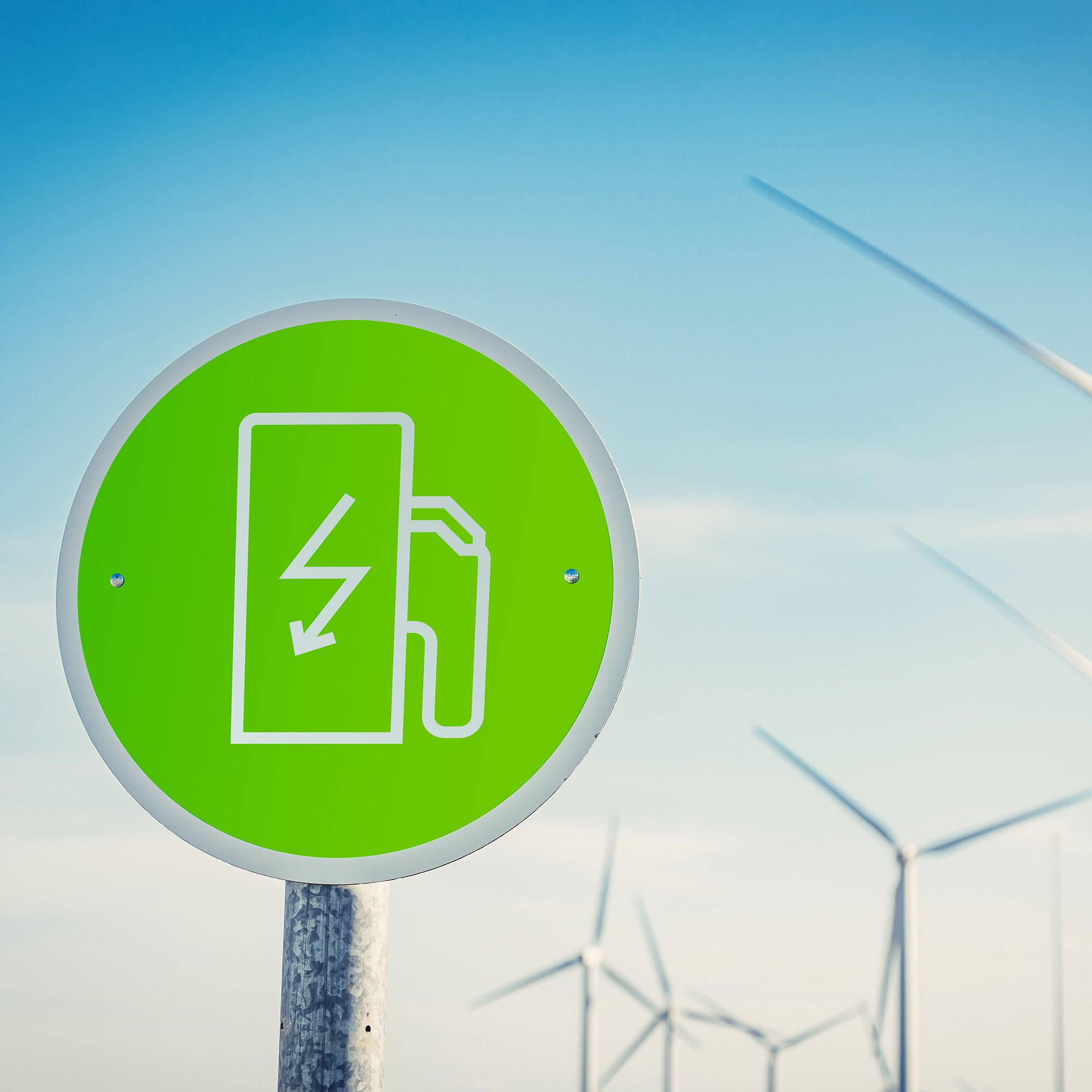
作为能源和动力转型的一部分,电动汽车 (EV) 充电站变得尤为重要。智能充电站的布局和负载管理是电网运营商、设施管理人员和工业公司扩大电动汽车市场的主要挑战。
充电基础设施的定制化电网集成和管理
随着电子充电站的爆发式增长,无论是公共还是私人充电站,电动汽车充电基础设施的电网集成和管理始终是一个难题。为了防止电网过载,需要一个充电和负载管理系统来控制能量流。
多种协议和接口,独立与制造商和负载,通用性强
动态、模块化的硬件设计,丰富的自动化和连接技术产品以及接口电子产品
行业经验丰富:曾为多个充电站制造商提供解决方案、并为项目规划和实施提供专业技术支持
防止峰值负载
动态及静态负载管理
其重点是与标准壁盒和充电站、具有Modbus®功能的仪表和具有Docker®功能的控制器的兼容性和互操作性。例如,万可应用负载管理可用于管理任意规模的充电场,或集成多种负载,并以避免峰值负载的方式对其进行控制。新的原生MQTT接口支持连接到万可解决方案平台或其他基于云的平台。借助万可应用客户变电站的标准接口,可以根据网络运营商的技术连接规则(TCR)对混合充电场的EEG系统进行可配置连接。
通过下拉菜单直观配置仪表
清晰显示充电场和充电点的状态信息——也可以提供列表视图
在输入屏幕上设置充电站的所有相关电气参数
从预集成充电站和壁盒的下拉菜单以及连接参数中方便地进行选择;OCPP转发设置可针对每个充电点单独进行选择。
AC/DC充电场
独立控制
集成用于光伏发电和存储系统的逆变器
万可负载管理控制器
万可负载管理控制器:拆包和加载。万可负载管理控制器,带有预置的万可紧凑型控制器100上的负载管理应用程序。此外,它还可连接到网络运营商或楼宇管理部门。
优势:
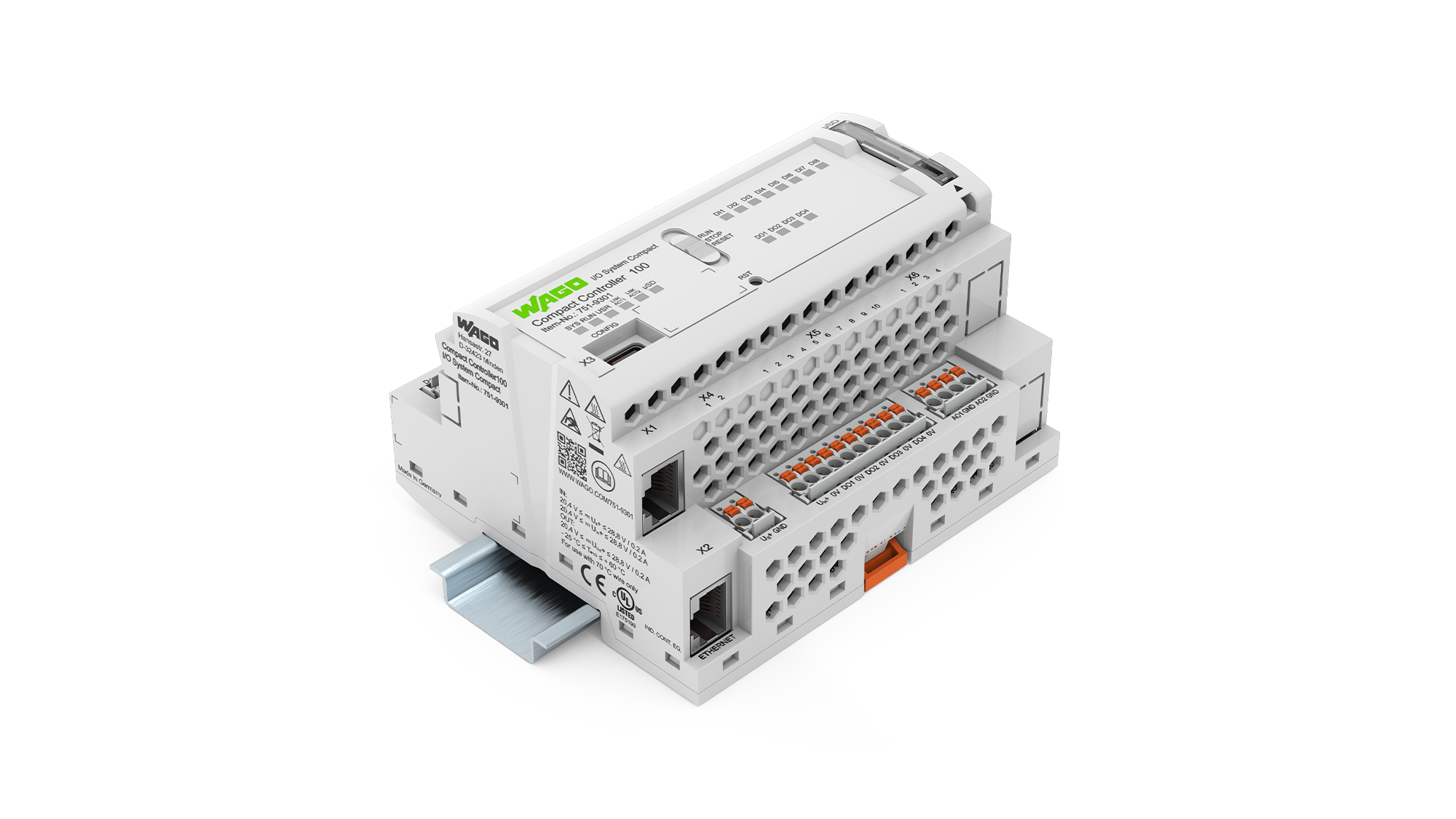
兼容充电站和壁盒
万可应用负载管理兼容以下充电站和壁盒:ABB、ABL、Alfen、Compleo、Delta、Keba、Mennekes、Schneider和Technagon。此处提供完整列表:
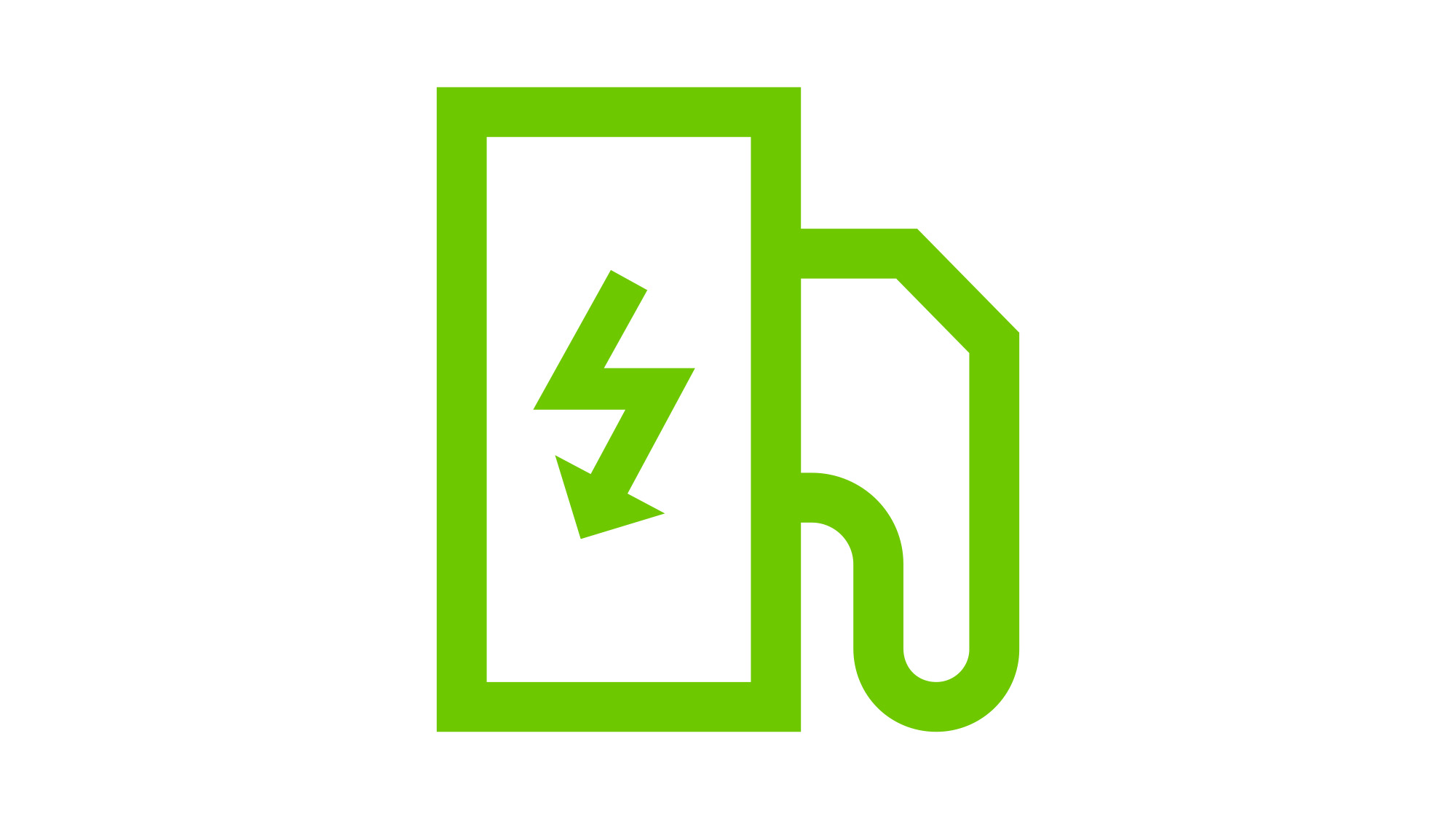
兼容仪表
该软件解决方案兼容以下电表:ABB、Eastron、EMU、Hager、Janitza、Kostal、PQ Plus、Siemens、Socomec、TIP和万可。您可以在此完整列表中找到更多信息:
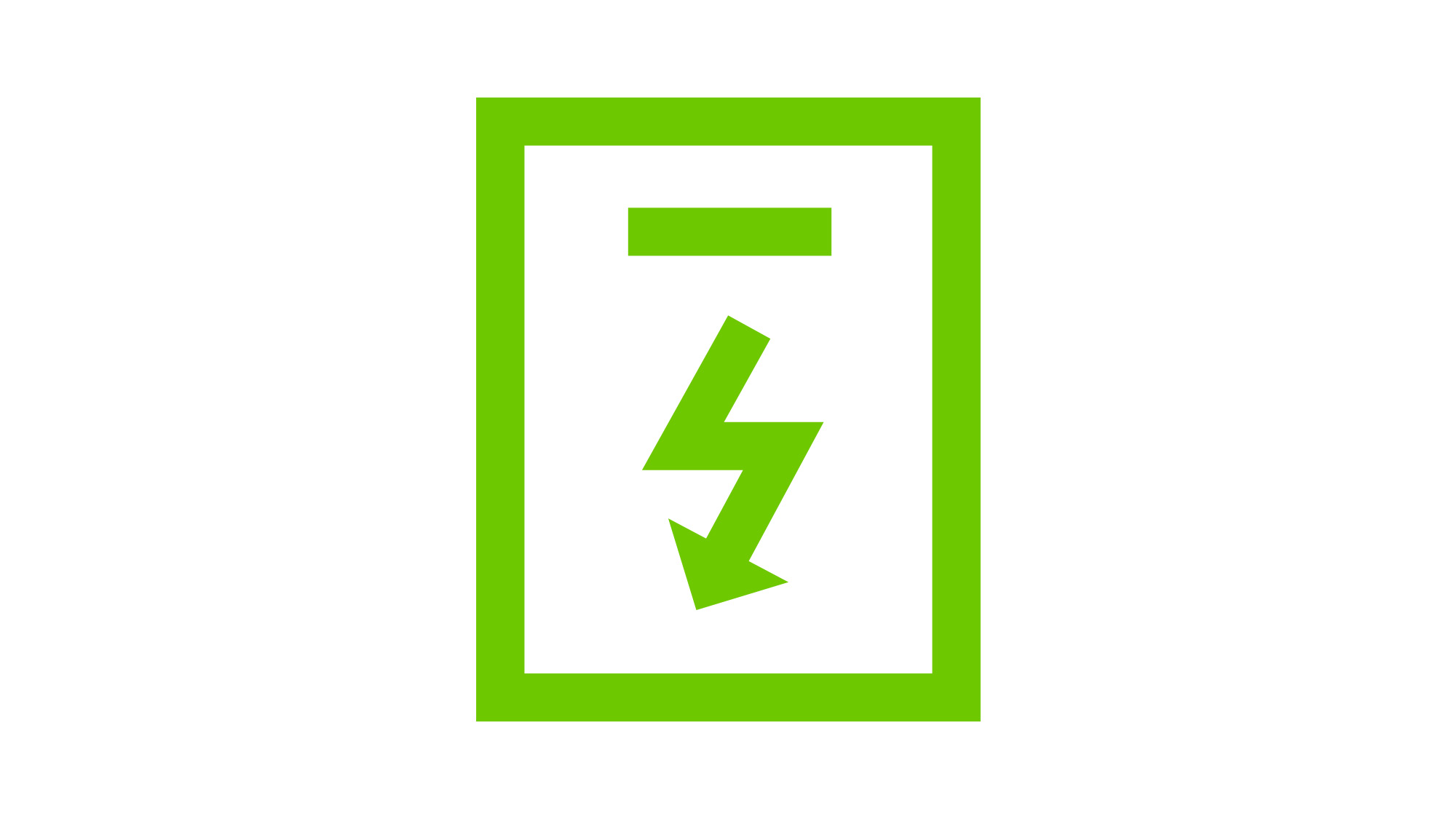
电动交通成为新风向
基于“绿色汽车政策”的经验优化万可应用负载管理。
能源测量技术
能源监控是提高能源分配和过程效率的基础。我们的配套能源测量产品可为您减少能源数据收集方面的工作量和相关支出。电能表适用于计费相关测量点。

无论是简单应用还是具有更高功率需求的自动化应用,万可的高效电源产品都能始终为用户提供恒定电压。万可提供不停电电源(UPS)、缓冲模块、冗余模块和各种电子断路器(ECB),促进整体系统无缝升级。
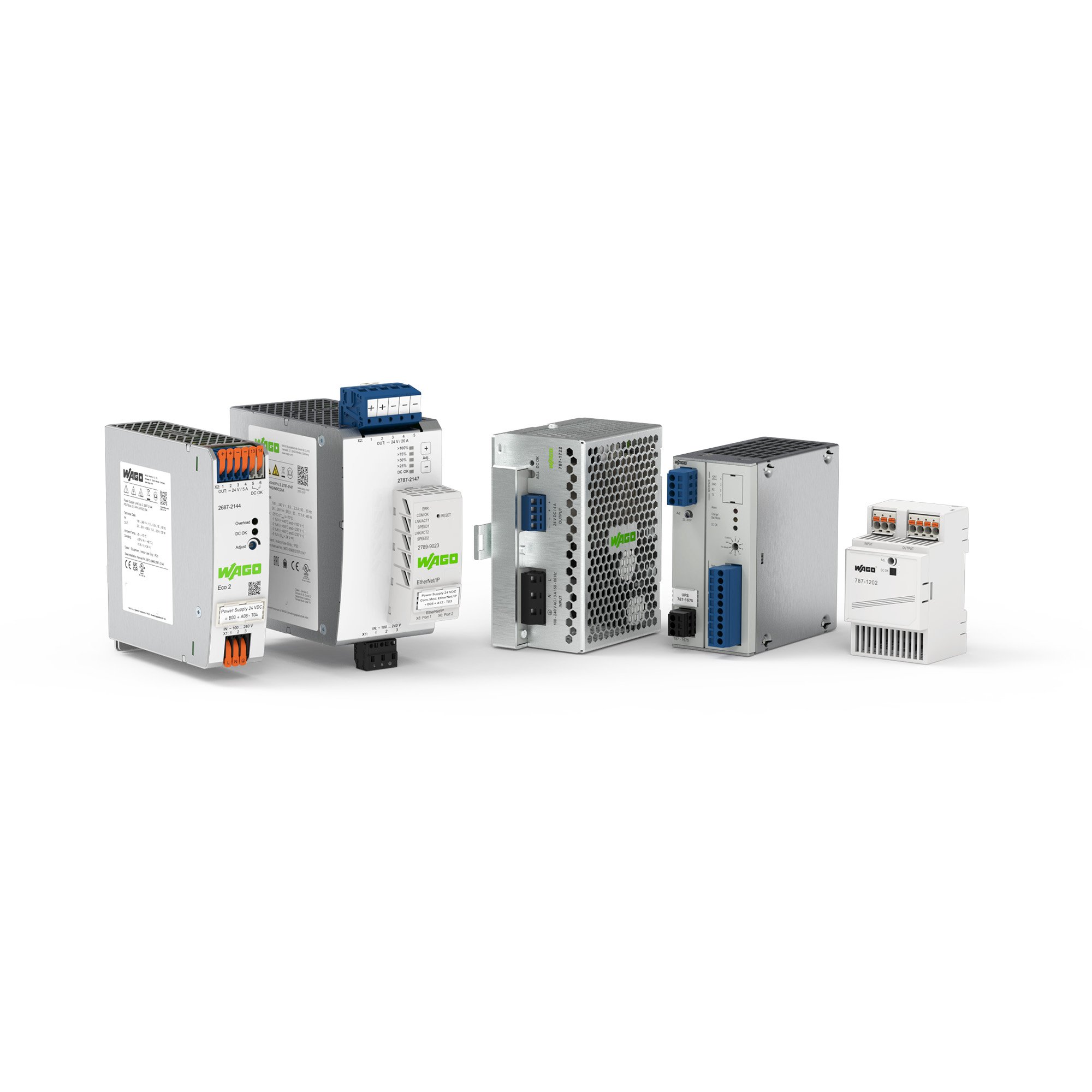
交换机
万可交换机系列具备出色的电气和机械特性,确保您的以太网网络基础设施具备可扩展能力。这些坚固耐用的交换机专为工业应用而设计,且完全符合IEEE 802.3、IEEE 802.3u和IEEE 802.3ab标准。
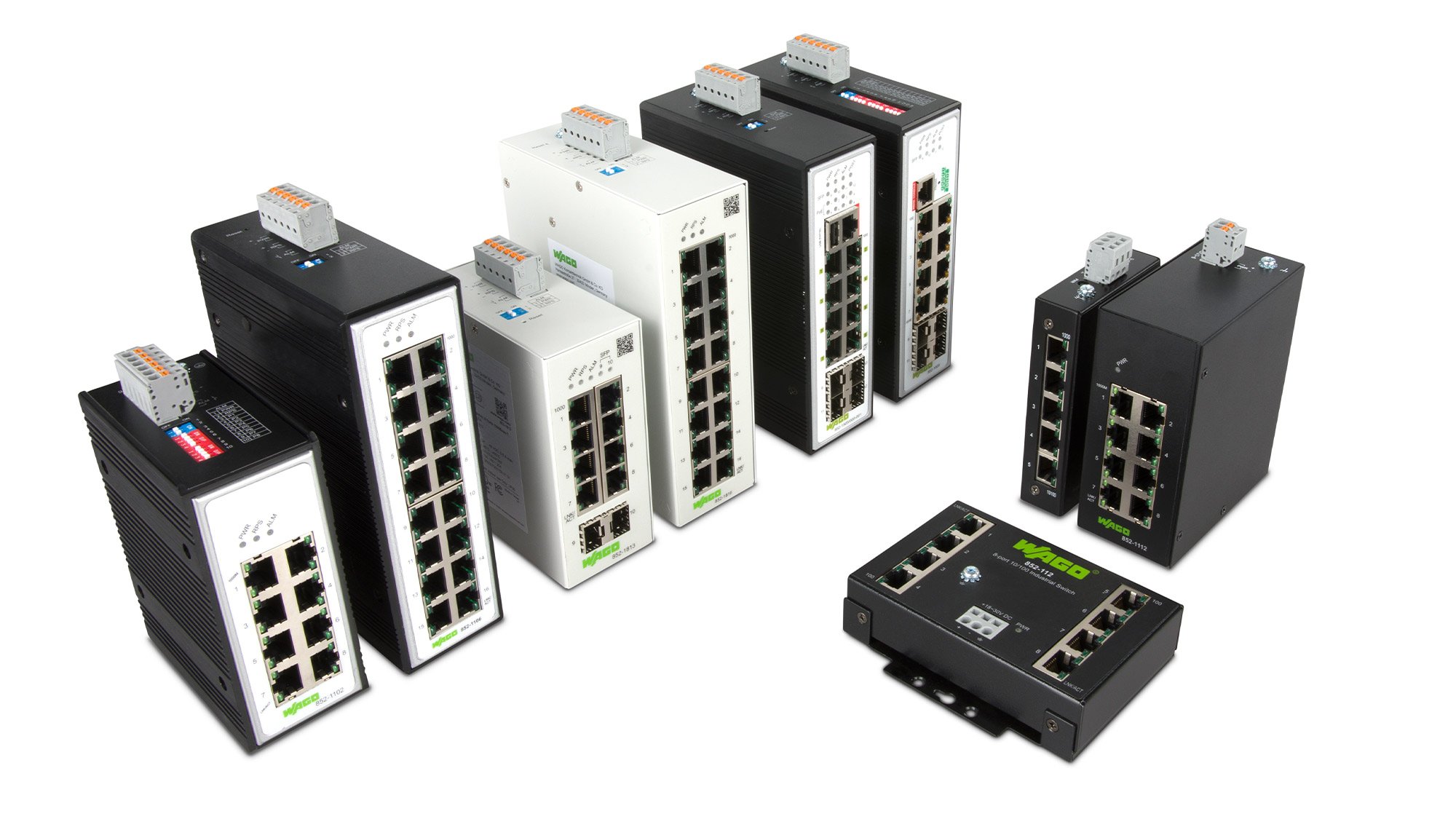
常见问题——关于电动交通
和充电基础设施负载管理的问题和解答
利用充电基础设施的负载管理系统,可以将电动交通扩展并集成到电网中。对于电动车充电的负载管理,需要控制多个充电点的功率,以优化现有电网连接的利用率,而无需提高额定功率,甚至无需在电网接点安装新的互感器。因此,在有多个充电点的地方,通常需要采用负载管理系统以整合充电基础设施,因为楼宇、停车场和地下车库通常没有设计大型的电力储备设施。
Static load management is the simplest kind of load management system, where a preset static energy value is available to all loads. Static load management does not take any other consumers or generators into account.
An example of static load management for charging infrastructure:
Three charging stations are available with a total capacity of 22 kilowatt hours. If only one electric vehicle is charging at the three charging stations, it can be charged at the full 22 kilowatt hours. If two vehicles are connected, these 22 kilowatt hours are distributed equally among the two charging points.
Dynamic load management differs from static load management in one fundamental respect: The available energy is no longer static, but variable. In dynamic load management for charging infrastructure, the capacity is measured and dynamically distributed among the charging stations. For example, if the sun shining on solar power installations that feed into the grid, the total available charging power at the charging stations is increased to optimize utilization of the available electricity.
From the energy industry’s point of view, load management is necessary in order to keep grids stable and ensure security of supply. In the area of e-mobility, this means supplying the growing charging infrastructure with the additional electricity it needs without overloading the grid interconnection points. This requires generation and consumption – as well as storage, if applicable – to be harmonized. But renewable energy from decentralized generators fluctuates. Therefore, it is important to use surplus energy in the grid through flexible loads. This is exactly where WAGO comes in. Load management regulates the flow of energy and controls all loads, energy storage systems and generators in the energy network.
In addition to the cost of energy consumed, industrial and commercial companies and large properties whose consumption exceeds 100 megawatt hours (MWh) must pay a so-called demand charge: the price that has to be paid if the set power limit is exceeded. For the demand charge, the maximum average power consumption is calculated at a quarter-hour intervals. Normally, the quarter hour with the highest mean value is applied to the whole year. For example, with a demand charge of 110 euros per kilowatt (kW), a load peak of 1,000 kW can lead to additional annual costs of 110,000 euros. With the integration of a charging infrastructure for e-mobility, an additional consumption factor is added. Therefore, intelligent load management for energy flows is extremely important, especially for preventing peak loads (so-called “peak shaving”) in order to avoid additional costs.
Energy management is a higher-level system in which all load currents of consumers and generators are continuously measured, monitored and optimized. Energy management systems are used in intelligent networks such as smart grids, microgrids and nanogrids to improve energy efficiency. This includes real estate, industrial companies and even utilities. A fundamental goal is to minimize the consumption of auxiliary materials, additives and raw materials. Load management for charging infrastructure ensures a sensible distribution of existing loads within the energy management. So load management is only part of an overall energy management package – albeit an important one.